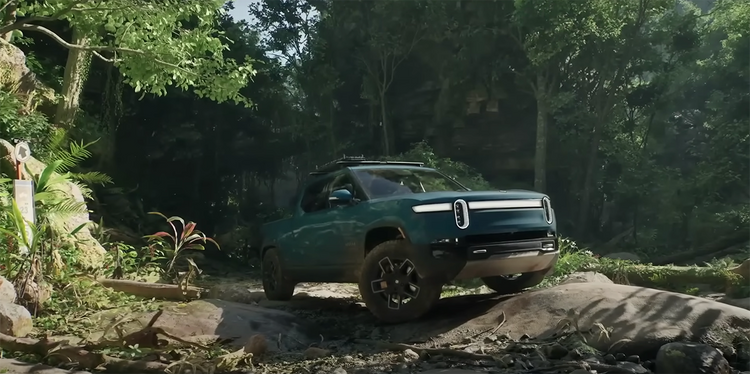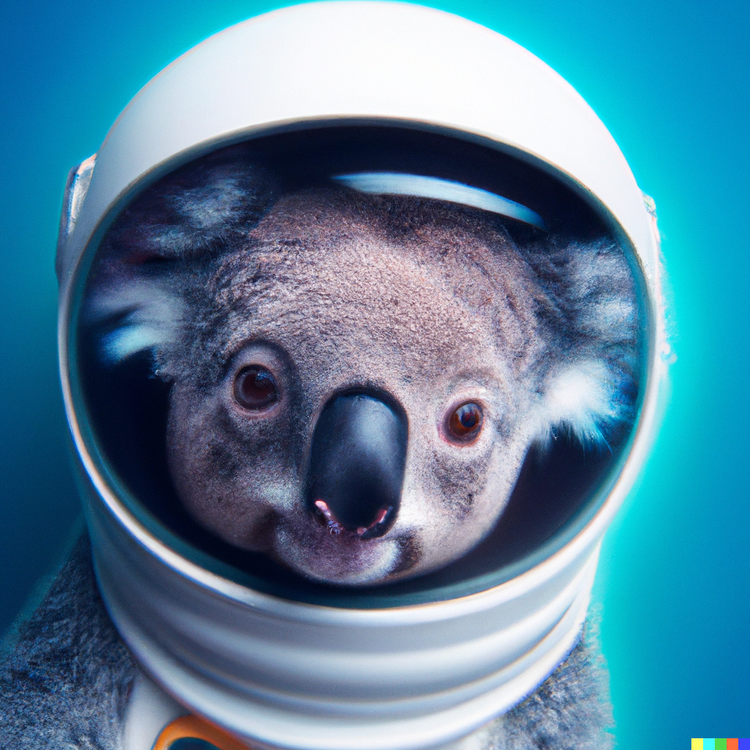The Future of Work: How AI will Change the Way We Operate

Last year, I stumbled across a blog from 2019 that made reference to a website that generates photos of people that don't exist. With a simple refresh of the page, the website generates original, nearly perfect photographs of people you would swear are real yet are simply the creation of code. It's impossible not to be awed by the progress and potential, while simultaneously thinking of the vast implications for humanity.
The technology behind these seismic advances—Artificial Intelligence—is now being democratized at a rapid rate to a point where everyone with an internet connection will soon have the power to co-create alongside it. While ethical and moral dilemmas abound, the positive prospects of a future of work powered by AI are tantalizing.
DALL·E 2: Image generation
More recently, my brother shared a video with me that detailed an AI called DALL·E 2.
Launched in April 2022 by OpenAI, DALL·E 2 is a natural language processing model that generates images from textual descriptions. It is an extension of the original DALL·E model, which was trained on a dataset of textual descriptions of images from the Microsoft COCO dataset.
The model is capable of generating images of animals, objects, and scenes from textual descriptions, often with remarkable fidelity. Here's the video that led me down the path to OpenAI:
Since launching, DALL·E 2 images have flooded Twitter and Instagram. The results are truly staggering. When compared to the original DALL·E and other open-source alternatives, it is mind-blowing to see the improvement in such a short period of time.
It won't be long before the fidelity and accuracy rival human creation, putting photography, design and illustration jobs firmly in the cross-hairs. At a fraction of the cost (billed by time using ultra-cheap compute resources), the AI will be able to generate an infinite array of variations on a single prompt (a 'prompt' is the text submitted to the AI to generate the image).
In the interim, the roles of humans will move towards prompt generation and subsequent curation - although there's no reason why these tasks won't be automated as well. It certainly forces us to ponder the question; what does this mean for creativity and our role in it?
While I'm on the waitlist for an invitation to start experimenting with DALL·E 2, it should be noted that OpenAI isn't the only tech firm working on image generation. Notably, Google's Imagen looks to be even more robust than DALL·E 2, however, Google has decided to hold off releasing a beta to the public after citing a range of ethical challenges.

GPT-3: Natural Language Processing
One area of AI that is available today is another tool developed by OpenAI called GPT-3. GPT-3 is a machine learning platform that enables developers to train and deploy AI models (GPT-3 generated that sentence!).
It's accessible via the OpenAI API and is billed by the model used to generate the output, typically in cents per thousand tokens (with a token close to representing a word). For example, generating 750 words of content would cost around $0.06.
GPT-3 is excellent at performing a wide variety of natural language tasks. Here's an example:

In the example above, the first line is my prompt and the highlighted text is the AI-generated response.
The beauty of AI like GPT-3 is the ability to regenerate an infinite number of responses. Here's the same prompt, run again, producing a different response:

These examples give a tiny glimpse into the potential of GPT-3.
GPT-3 also excels at other, more abstract prompts. Take these two examples generated from the same prompt:


Or these:



The Future of Work
After playing with GPT-3 in the OpenAI playground, it quickly became apparent to me that the interaction between humans and computers will change rapidly over the coming years.
It is clear that those people who embrace the power of AI to leverage their time and creativity will outperform those who do not. This isn't a linear equation either; the efficiency gains are exponential and this gap will only continue to increase as the AI models improve and human co-creators develop banks of more precise and performant prompts.
Those who embrace AI as a work 'sidekick' will reap the benefits and develop a new set of skills that will be applicable to jobs now and in the future; skills that might appear on resumes like, 'robust natural language prompt writing', 'efficient AI-enabled idea generation' or 'strong AI content co-creation skills'.
Over the next 12 months, there will be a window of opportunity for many businesses to leverage these emerging technologies to drive huge strategic advantages before they become par for the course. Even after this window closes, the efficiency and productivity gains available for businesses that figure out how to integrate their people with AI in a symbiotic way will be immense.
-
Over the coming weeks, I'll be sharing practical examples of how I'm using AI (in particular GPT-3) to automate work and generate content at scale.
Sidenote: The title for this article was generated by giving GPT-3 all of the content in this blog, then writing a prompt:



